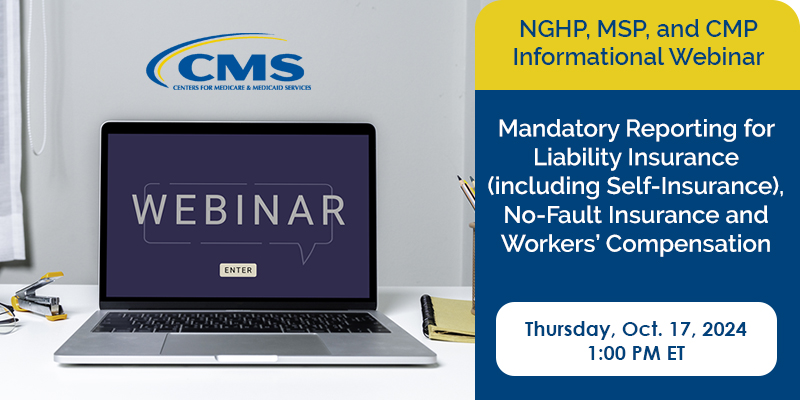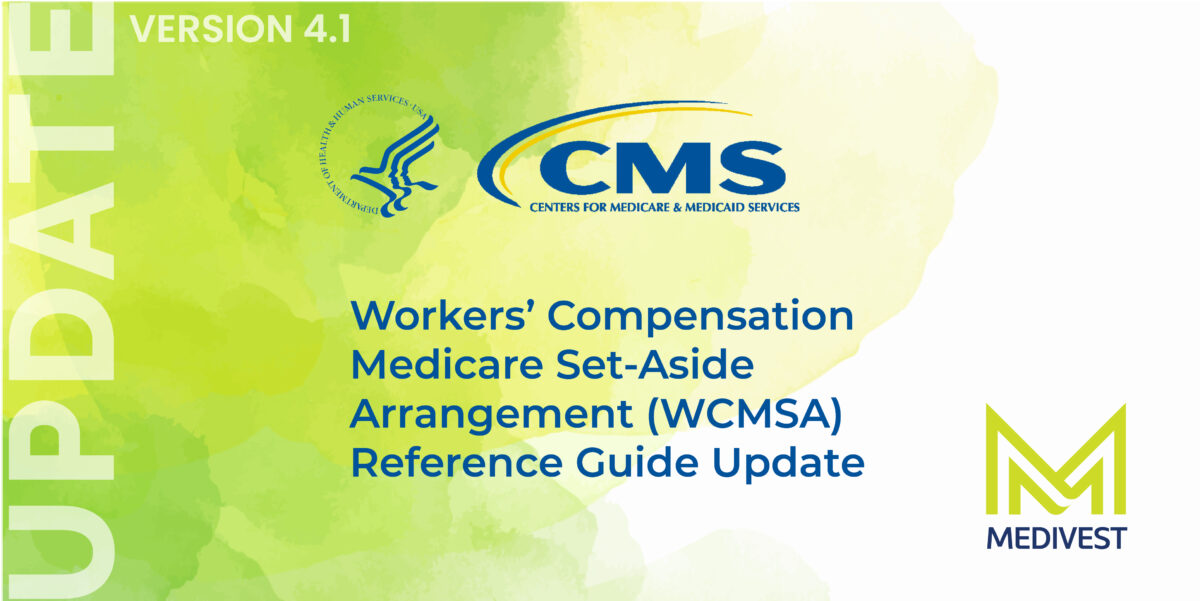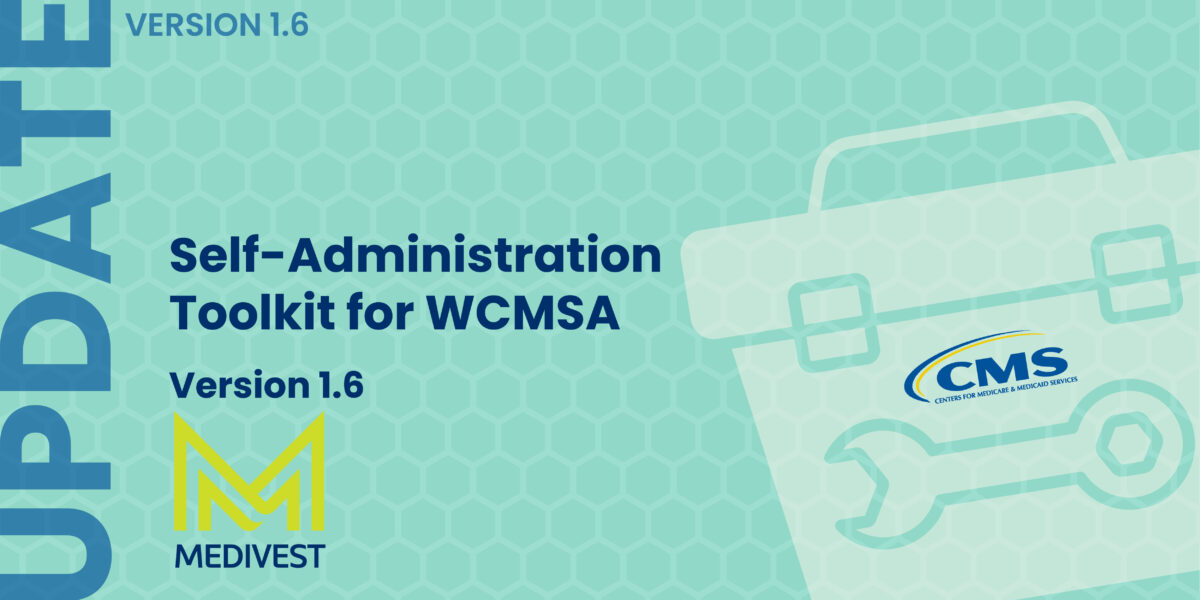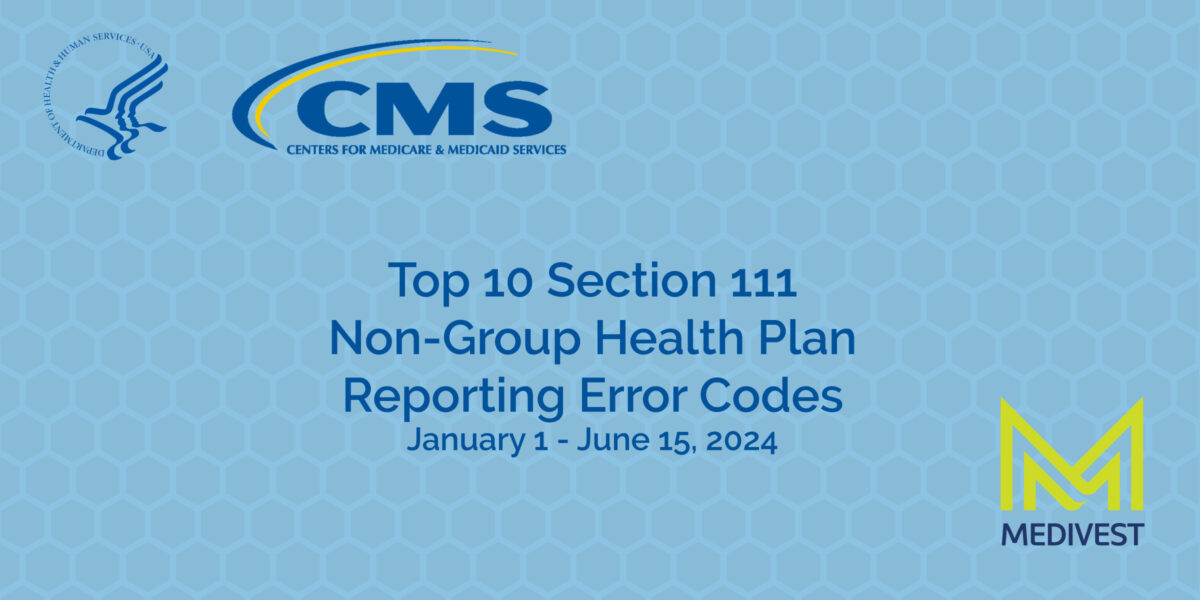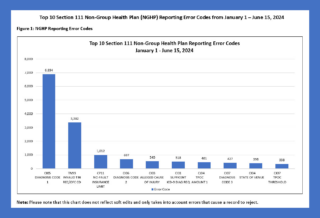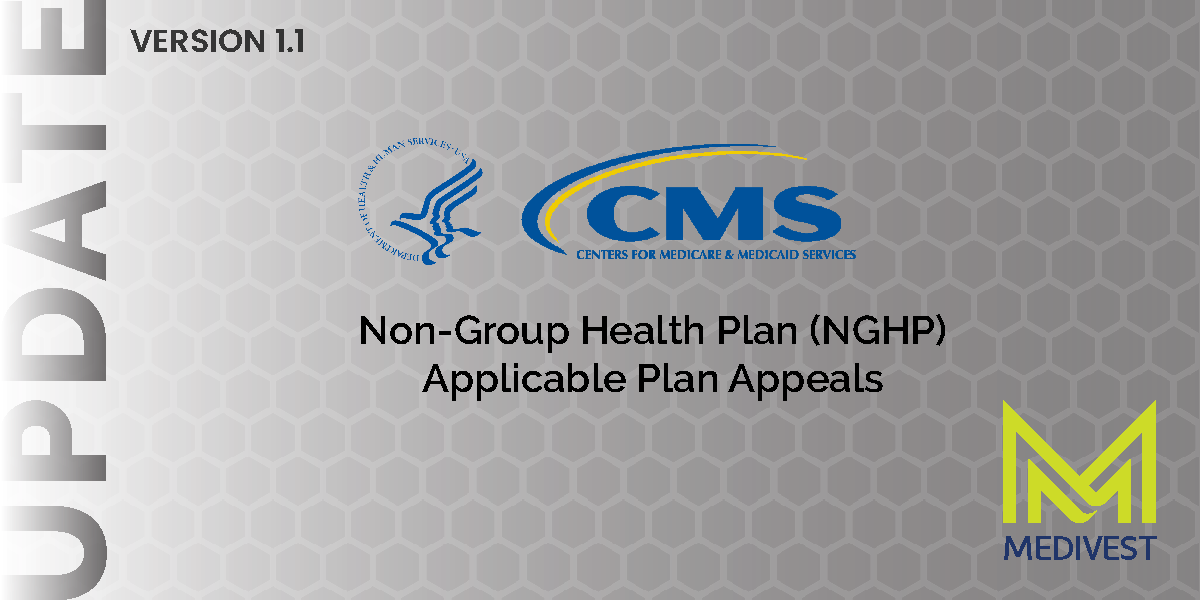It’s been a busy 2024 for CMS. Since February 2024, over half a dozen updates have been made to Section 111 Mandatory Insurance Reporting and CMS’s policies.
Ultimately, these new changes increase awareness and focus on post-settlement MSA spending, emphasizing the importance of utilizing a competent professional administrator.
What this means is you need Medivest’s Asure Pro-Admin more than ever to navigate these changes and keep all settlement parties from getting penalized for non-compliance!
Medivest’s Asure Pro-Admin Helps Protect All Parties

Asure Pro-Admin:
Professional Administration for MSA Accounts by the professionals
- Medivest claimant accounts saved over 70% of what they were billed by providers over the last 12 months
- An average of 23.3% of the original MSA is disbursed to the surviving beneficiary or reversionary interest party upon the claimant’s death
- During our 27 years of business, we have only had a 2% member cancellation rate due to unforeseen reasons other than death. This remarkable retention rate underscores the value and satisfaction our members experience with our services
- Medivest members and clients can be confident that a Claims specialist will review every line item on every bill submitted, ensuring proper coordination of benefits
Self-Asure:
The DIY solution with Medivest’s expert support
- Don’t go it alone! Use Self-Asure to navigate the CMS government maze
- The Self-Asure Self-Administration Kit, an innovative tool first created by Medivest, is good for injured parties with a small MSA that is designed to exhaust in a short length of time. Self-Asure provides guidance to individuals who opt to manage their own MSA, and pairs it with phone support and medical bill review from Medivest’s experienced Member Services team.
- However, a Self-Administration Kit still has limitations, particularly if multiple bills come in at once. So the settlement parties need to carefully consider Medivest for professional administration per CMS’s recommendation.
4 Asure:
Easy approach to navigate settlement compliance for Insurer, Self-insured, and TPA without adding ANY work to the adjuster’s already full plate. The streamline process of:
- Medicare Status check/lien investigation to determine if MSA is recommended
- Structured Settlement consultant for rated age and MSA funding
- MSA Allocation Report (if needed)
- Professional Administration of MSA
Summary/Takeaways
MMSEA Section 111 Mandatory Insurer Reporting (NGHP)
Medicare is ramping up its data collection. New fields have been added to the Section 111 Claim Input File to capture WCMSA information on all Workers’ Compensation (WC) claims involving Medicare beneficiaries.
These data collections will have a significant impact on reporting and WCMSA compliance for the use of non-submit and Evidence Based Medicare Set-Aside arrangements. By capturing this new data, Medicare will know when funds have exhausted, make more appropriate determinations regarding the coordination of benefits, and more thoroughly investigate which injury related medical payments they should be denying. The new fields will become effective 4/4/25.
Self-Administration Toolkit, Version 1.6
Under the WCMSA Guidelines, CMS has the right to recovery. Over 1/3 of Medicare recipients have a Medicare Advantage Plan (MAP). These plan providers have asked for the same recovery rights that CMS has. The last sentence in Section 4.1.3 of the new Self-Administration Toolkit takes the first steps to clearly spell out that CMS is extending their rights of recovery to MAP partners:
If you are enrolled in a Medicare Advantage or prescription drug plan, please contact your plan to discuss your WCMSA, if you have not already done so.
WCMSA Reference Guide, Version 4.3
In the latest update of the WCMSA reference guide, Medicare Advantage Plans continue to be spotlighted. In Section 4.1.3, CMS states:
CMS notifies Part C and D plan sponsors that a WCMSA has been approved and instructs plan sponsors to conduct Medicare Secondary Payer (MSP) investigations. However, CMS does not relay WCMSA details to plan sponsors… The administrator must provide details concerning treatments and medications used exclusively to treat a related illness or injury to the plan sponsor so the sponsor may avoid making primary payment in the future.
CMS instructs the MAP sponsors that a WCMSA exists but doesn’t share any specific details of the MSA. It seems inevitable that this will create a communication breakdown at some point. The onus of communication is put entirely on the administrator. For a professional administrator, this will be a common (and new) task, but for someone attempting to self-administer their WCMSA, a whole new world of responsibility and questions are about to be spotlighted.
For the full information on these alerts from CMS, please visit the “What’s New” page of their website.
For Additional Information
Medivest will continue to monitor changes occurring at CMS and will keep its readers up to date when such changes are announced. For questions, feel free to reach out to the Medivest representative in your area by clicking here or call us direct at 877.725.2467 (Monday – Friday 8am to 5pm EST).


